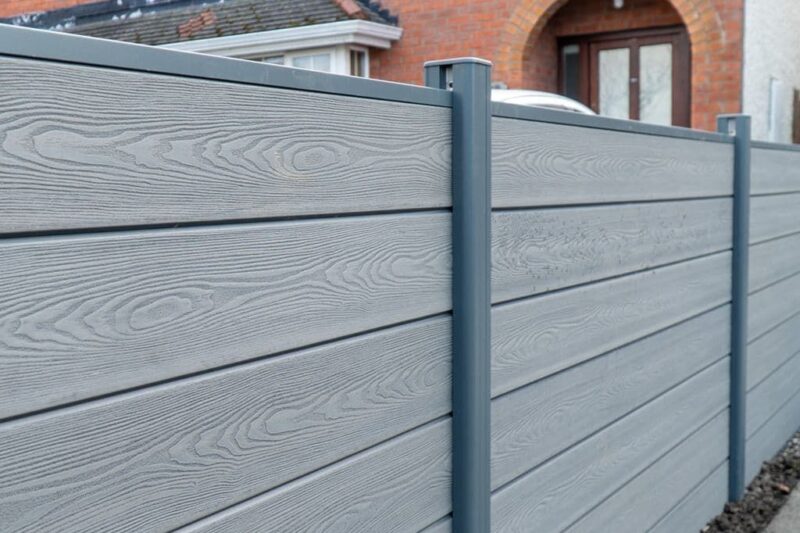WPC cladding, also known as wood-plastic composite cladding, is an exterior finishing material made from a mixture of wood fibers and plastic resins. The product is designed to provide a durable, low-maintenance solution for both residential and commercial buildings. WPC cladding offers an attractive appearance and improved longevity compared to traditional wood cladding. The surface of WPC cladding can be treated with various finishes, such as films and 3D printing, to enhance its aesthetic appeal.
Key Features of WPC Cladding
• Versatility: WPC cladding can be shaped and finished in a variety of ways, allowing for different textures, colors, and patterns. Popular finishes include wood-like grains and smooth, modern styles, making WPC cladding a versatile option for any architectural design.
• Connection Methods: WPC cladding is typically installed using two connection methods: V seam and straight seam. The choice of connection depends on the desired appearance and installation requirements.
• Standard Sizes: Common WPC cladding products in the market come in different sizes, usually ranging from widths of 30cm, 40cm, and 60cm. The selection of size will depend on the specific project and the desired look.

Advantages of WPC Cladding
• High Durability: WPC cladding combines the strength of wood fibers with the weather resistance of plastic. This hybrid material offers excellent durability against outdoor conditions, including UV rays, moisture, and temperature fluctuations.
• Low Maintenance: Compared to traditional wood, WPC cladding requires less maintenance. The surface is resistant to cracking, warping, and fading. It also doesn’t need frequent painting or sealing, which makes it a cost-effective solution over time.
• Eco-Friendly: As WPC is made from recycled materials, it is considered an environmentally friendly choice for exterior cladding. The use of non-toxic additives ensures that the product does not release harmful chemicals over time.
• Water and Fire Resistance: WPC cladding is resistant to water absorption, which prevents swelling or rot. Additionally, fire-retardant materials can be added during manufacturing, improving its fire resistance and making it a safer choice for building exteriors.
• Easy Installation: WPC cladding is designed to be lightweight and easy to handle. Installation is straightforward, requiring basic tools and hardware, which makes it a convenient choice for both professionals and DIY enthusiasts.
Applications of WPC Cladding
WPC cladding is ideal for a variety of outdoor applications, including:
• Residential Homes: It is widely used to enhance the exterior walls of homes, providing a sleek and modern look while ensuring long-lasting protection.
• Commercial Buildings: WPC cladding is often chosen for office buildings, shopping malls, and other commercial properties, where durability and aesthetics are equally important.
• Public Spaces: WPC cladding is also suitable for outdoor structures such as garden walls, fences, and even outdoor pavilions, thanks to its weather-resistant properties.
WPC cladding offers a modern, eco-friendly alternative to traditional wood and plastic materials. Its durability, ease of maintenance, and aesthetic appeal make it an increasingly popular choice for both residential and commercial projects. Whether used for small home renovations or large commercial facades, WPC cladding provides a long-lasting, beautiful finish that can withstand the test of time.














